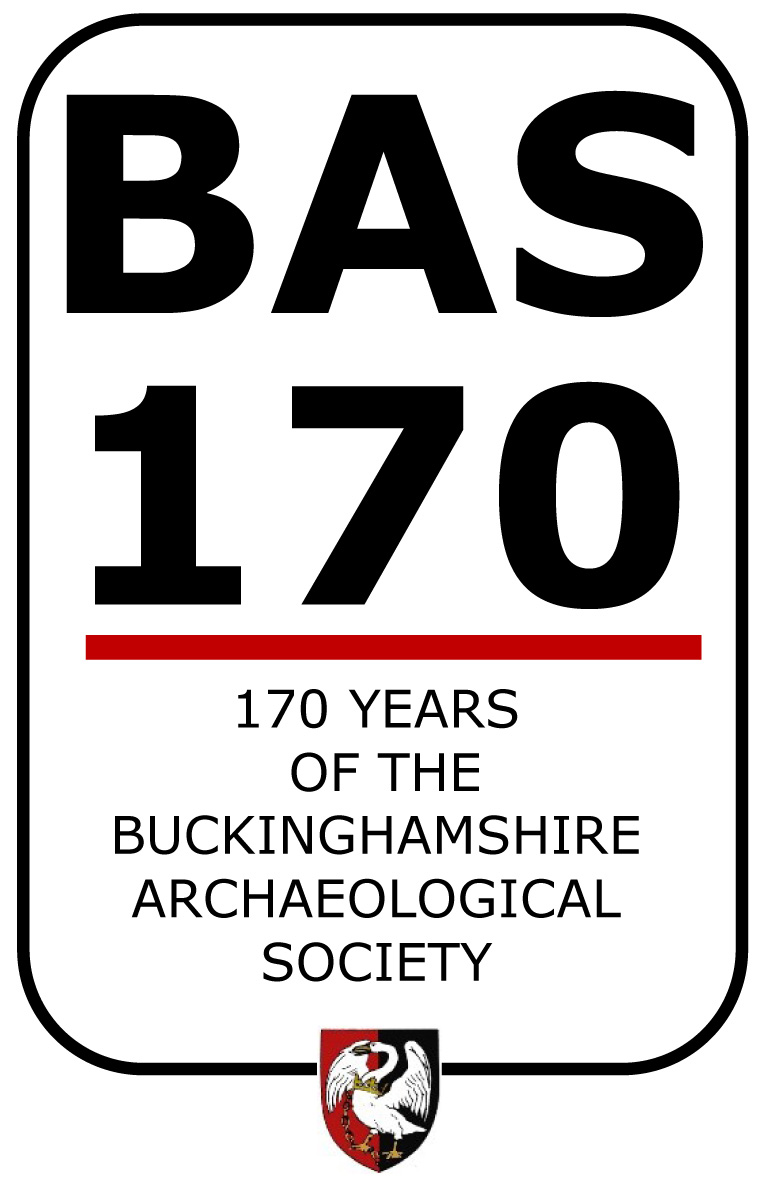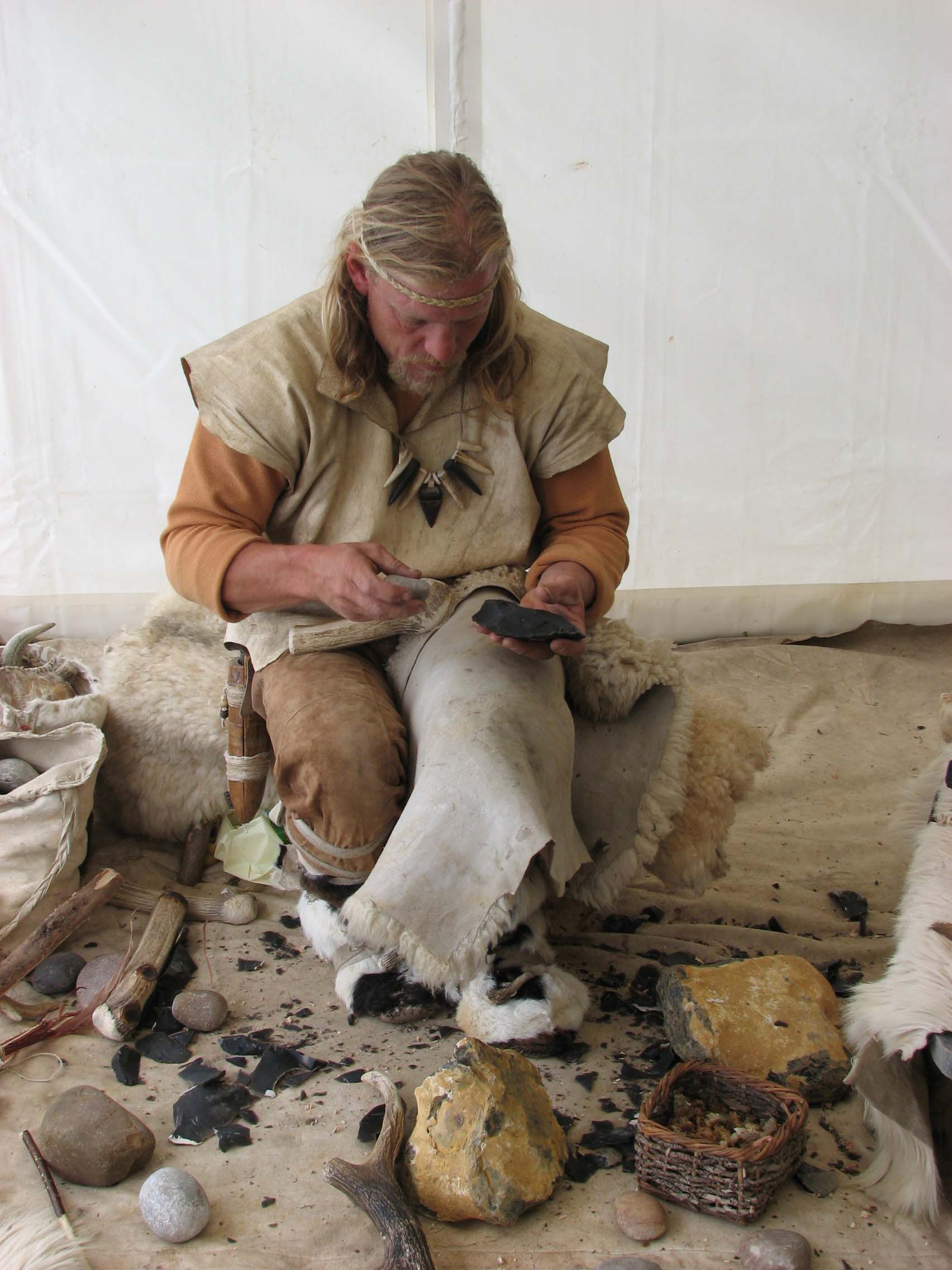
|
|
|
|
|
|
|
|
|
|
|
|
|
|
|
|
|
|
|
|
|
|
|
|
|
|
|
|
|
|
|
|
The Taplow Hand Axe
A HISTORY OF BUCKINGHAMSHIRE IN TWELVE OBJECTS
|
|
THESE PALAEOLITHIC HAND AXES from Taplow are easily the oldest man-made objects in this series. Made from a beautiful, hard, honey-coloured flint, they sit comfortably in the hand, their surface smoothed by millennia of water erosion as they tumbled along the bed of the prehistoric river which we know today as the Thames.
Hundreds of these axes have been recovered from successive channels of the ancient river bed that have been left perched as terraces on the upper slopes of the Thames Valley around Taplow, Burnham and Iver on the southern borders of Buckinghamshire. Others have been found in the north of the county near Bletchley, Stantonbury and Newport Pagnell.
Many of these axes were recovered in the late nineteenth and early twentieth century as gravel pits were quarried for use in building the expanding towns and cities of the home counties. The quarrymen working in the pits were paid by a small band of dedicated collectors to report their discoveries.
Some of these axes are as sharp and fresh as the day they were made; others have been smoothed by the action of the river.
The hand axe is the most recognisable artefact of early human presence in Buckinghamshire. Frequently referred to as the ‘Swiss Army Knife of flint tools’, it was usually handheld and used for multiple purposes – hunting, butchery and food preparation. It appears that it was not a tool made by modern man – homo sapiens – but by our more distant ancestors.
While at first sight the hand axe may seem crude and unimpressive, it marks a crucial early stage in human technology. It represents the ability of early humans first to imagine and then to create objects out of natural materials carefully selected from the world around them. This hand axe was manufactured in what is now south Buckinghamshire by an early human ancestor during one of a number of short, warm periods that punctuated the ice ages that extended over most of the past 600,000 years. A massive ice sheet once extended as far south as Aylesbury.
When the climate was favourable, people from further south in Europe migrated into what was later to become the island of Britain in search of food. Other visitors included a range of large animals such as mammoth, hippopotamus, woolly rhino, horse, red deer and bear. No boats were needed to get here from Europe then, because variable sea levels meant that what later became the southern North Sea was often dry land. During some cold periods people and animals could just walk across!
The County Museum in Church Street, Aylesbury, has Stone Age hand axes on display.

ARTICLE BY MIKE FARLEY AND CHARLES LE QUESNE.
The Taplow hand axes are Object 2 in the series ‘A History of Buckinghamshire in Twelve Objects’, marking the 170th anniversary of the founding of the Buckinghamshire Archaeological Society in 1857. Most of the objects in this series are held by Bucks County Museum.

